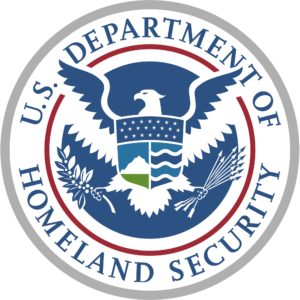
It’s been 10 years since the Department of Homeland Security updated cyber security standards under a program designed to strengthen compliance at the nation’s high-risk chemical facilities, potentially leaving these facilities vulnerable to cyber threats, the Government Accountability Office (GAO) says in a new report. DHS in 2009 introduced guidance, including performance standards for cyber security, for chemical facilities to meet and for DHS personnel to use in evaluating compliance against the guidance, says the report, Critical Infrastructure Protection: Actions Needed…

 By
By 











